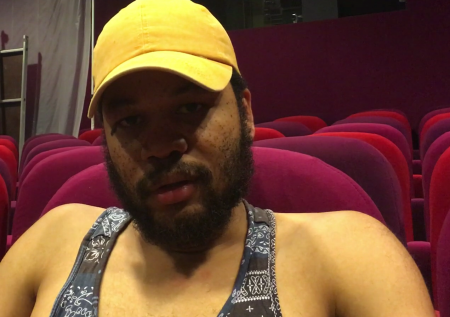Like a little dead
The German artist Thomas Demand (born in 1964) is a strange kind of photographer. He creates images that are all based on the same principle. In actuality, he has always created illusions of images according to a tried and tested formula. With the aid of cardboard and paper, he fabricates various scenes that act as reproductions of photos, ranging from the depiction of flowers to office furniture. From afar, at first glance, the snapshot may seem a little dead, soulless in fact, but also very lifelike.
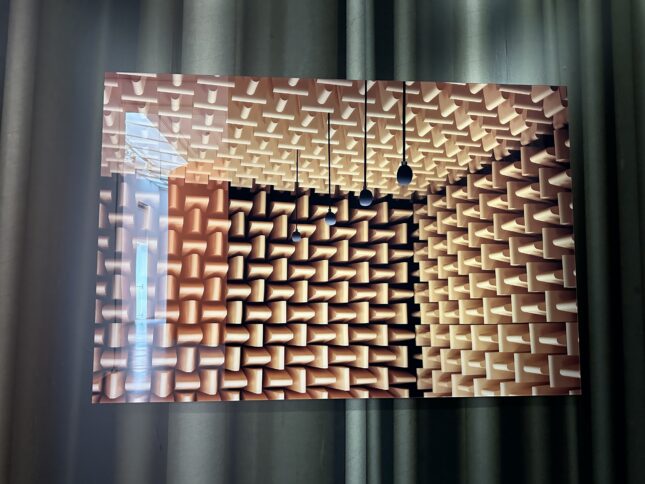
Don’t trust appearances
Up close, we can see in the tiniest details how this true-to-size reconstruction has been put together. The reason for this practice perhaps lies in the fact that the artist didn’t study photography, but rather sculpture. And the moral behind his unique process is very fitting: don’t trust appearances. Thomas Demand therefore has a practice that is at once conceptual and aesthetic. Moreover, in an age of virtual reality where everything is manipulated by the computer and its artificial intelligence, he works by hand, using a knife and paper to piece together another kind of reality.
Cardboard scenes
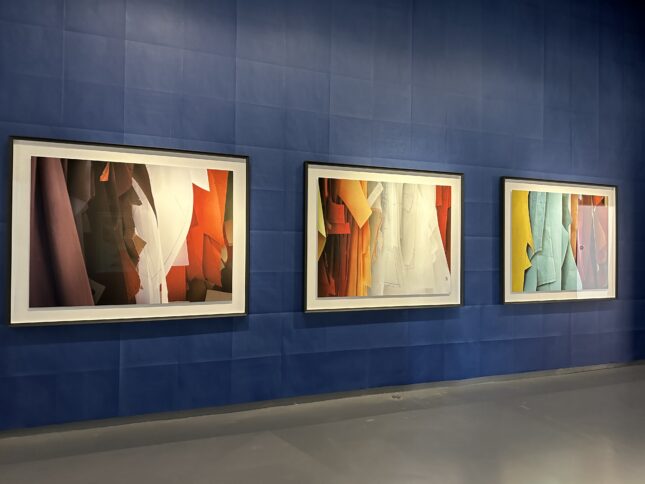
At his studio, assistants create cardboard scenes under his guidance, as though in a theatre set devoid of actors. And everything becomes a work of art. This is how he has pulled off a masterful transformation, like never before, through a spectacular display at the difficult little museum the Jeu de Paume. We may well talk about an immersive exhibition. Some of his colour photographs measure over 4 metres long.
Douglas Fogle
“It’s a retrospective conceived to showcase the power of images,” explains the curator of the exhibition, Douglas Fogle. “Conceptually, I like the idea that he is recreating, using paper, the reality printed on paper.” The title of the exhibition, “Le bégaiement de l’histoire” (The Stutter of History), refers to his choice of images, depicting places charged with historical events from the 20th century.
The bedroom of Edward Snowden
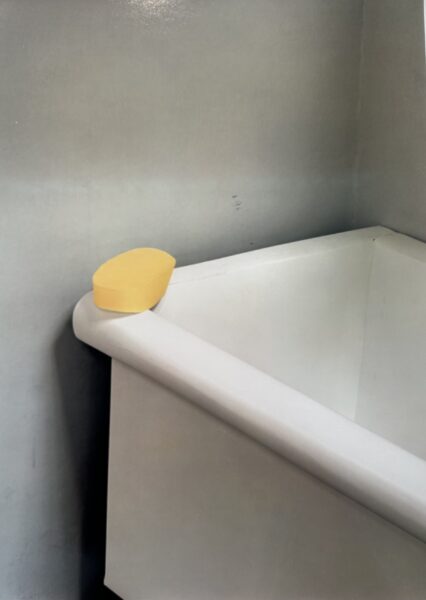
This list includes the spectacular plane footbridge used by Pope John Paul II when he visited Berlin after the reunification of the country, a desk used by the secret police from the former East Germany with its countless secret compartments, or the archives of Nazi photographer Leni Riefenstahl. In 2021 he created the Refuge series, which imagines the bedroom of American whistle-blower Edward Snowden at the Moscow airport. All these images are only identifiable if the viewer already knows the relevant details.
Political informations
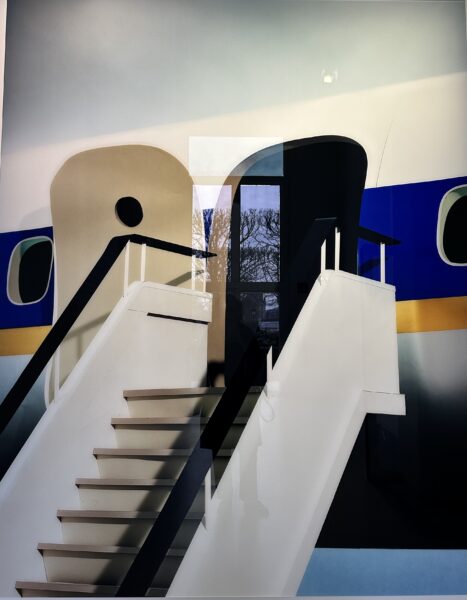
“This specifically raises the question of the politics of information,” explains Douglas Fogle. And then there are all his allusions in relation to art history. The curator of the exhibition sees in Demand’s work not only an heir to Marcel Duchamp, in a sense creating readymades taken from daily life, but also Andy Warhol, with his fascination for endlessly repeated media cliches.
Magnificent paper waterlilies

One of the most beautiful images in the exhibition is “Pond” in which magnificent waterlilies made out of green cardboard are dotted across a fake blue body of water that spreads across 3.9 metres. “Atelier” depicts an almost bland interior, but for the fact that the ground is strewn with pieces of coloured paper. It is, in fact, Matisse’s studio, left in this state when he was creating his extraordinary cut-outs towards the end of his life. Proof, through art history, that masterpieces can be created out of simple scraps of coloured paper.
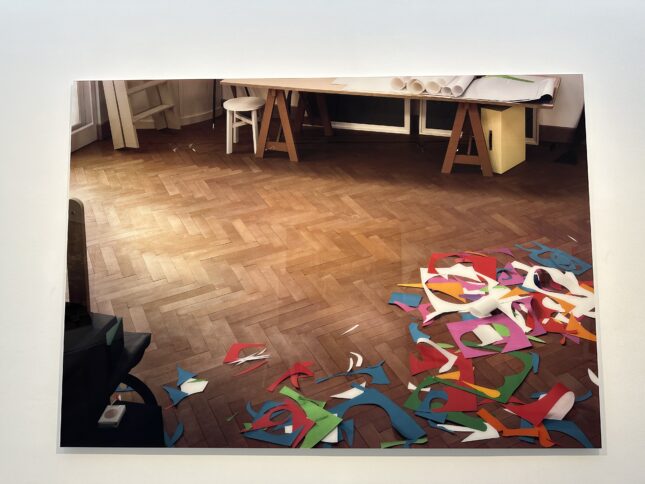
Thomas Demand. Le bégaiement de l’histoire. Until 28 May 2023. https://jeudepaume.org/
Support independent news on art.
Your contribution : Make a monthly commitment to support JB Reports or a one off contribution as and when you feel like it. Choose the option that suits you best.
Need to cancel a recurring donation? Please go here.
The donation is considered to be a subscription for a fee set by the donor and for a duration also set by the donor.

